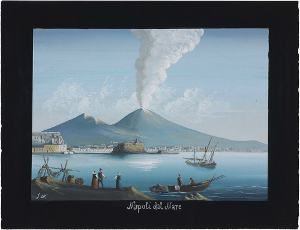-
High-energy neutrino observations and perspectives
In this session, the current status of observational HE neutrino astrophysics and the perspectives of future investigations will be presented. The main focus will be the review of the collected data, making a link with possible interpretations both in terms of both standard and exotic astrophysical sources, and discussing the chances offered in the next future by new experimental campaigns. The relevance of possible alternative detection techniques will be also reviewed, mainly in connection with planned new experiments.
-
Astrophysical sources and backgrounds
In the session the astrophysical sources (galactic and extragalactic) expected to significantly contribute to HE neutrino observations will be reviewed. Characteristics of the acceleration mechanisms and features of the expected flux in terms of energy and direction will be analysed. The state of the art concerning the atmospheric background will be reviewed, paying particular attention to the remaining uncertainties on its prediction.
-
Multimessenger physics
The session will be devoted to the strong link existing among the emissions - and hence the observed fluxes - in different particle channels or gravitational waves (GW). The observations in the electromagnetic spectrum, both in space and ground-based, provide relevant constraints on the possible models underlying the observed HE neutrino flux. This topic will be reviewed together with a discussion on the possible correlation with UHECRs and GW.
-
New physics at high-energy neutrino telescopes
Present and future HE neutrino telescopes provide an interesting window on physics beyond the standard model. This gives a realistic chance to observe the effects of heavy relic particles or non standard interactions. The session will review the most relevant classes of models and the corresponding constraints achievable with present and future observations.
Choose timezone
Your profile timezone:

